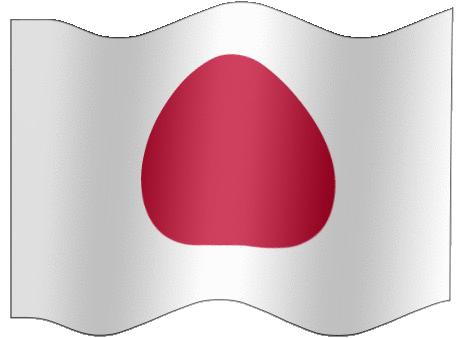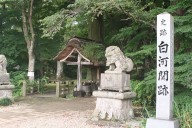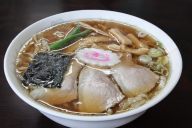 |
 |
 |
Let's be more moved - turn a trip of sights into a trip of feeling!

|
|
|
  |
SHIRAKAWA
|
| Free estimates Free travel consultation |
|
|
|
|
|
|
| #07M501 |
|
|
|
|
|
| SHIRAKAWA Daruma Doll |
traditional Japanese doll |
|
|

Daruma dolls are traditional Japanese dolls that have been worshipped in
Japan for centuries as symbols of good luck, success, and perseverance.
The basic color of Daruma dolls is red, but in recent years, modern and
cute designs have also appeared. Shirakawa Daruma dolls are characterized
by their long beards. There are red Daruma dolls that are said to ward
off evil and ensure safety in the home, and white Daruma dolls that are
said to bring good luck. Most Daruma dolls are "eyeless Daruma dolls,"
in which one eye (the right one as you face it) is filled in when the doll
is purchased, and the other eye is filled in when a wish is granted. The
Shirakawa Daruma Market, the largest city festival in the region, is held
every year on February 11th. |
 |
|
|
|
|
|
|
|
| #07M101 |
|
|
|
|
|
| Lake NANKO Park |
Nanko means "southern lake" in Japanese |
|

|

In 1801, the feudal lord created the park as a recreational area for commoners, regardless of their social status, with the idea of "Shimin Kyoraku" (the happiness of Samurais and commoners), and it is said to be the oldest park in Japan. Pine trees are densely distributed on the hills, flowers are scattered among them, and there is a wide variety of ornamental plants. There are islands in the pond, making it a sightseeing spot. The name Nanko is said to come from a line in a poem by the 8th century Chinese poet Li Bai, or because it was located south of Shirakawa Komine Castle. The park is about 2 kilometers in circumference, and allowing you to enjoy the scenery of the four seasons. The teahouse by the lakeside of Nanko Park serves the famous Nanko Dango (dumplings). |
 |
|
|
|
|
|
|
|
| #07M201 |
|
|
|
|
|
| SHIRAKAWA no Seki |
ancient checkpoint |
|

|

One of the ancient checkpoints in Japan. It is historically famous as the
checkpoint established from the Nara to Heian periods. It has been considered
the "gateway to Michinoku (present-day Tohoku region)." It is
unclear when it was established, but old records indicate that it was established
in the first half of the 5th century. Shirakawa Seki no Mori Park (Forest
Park at Shirakawa checkpoint) is adjacent to the remains of Shirakawa no
Seki. Within the spacious park, there are many facilities, including a
thatched-roof house relocated from the Shirakawa city, a watermill where
you can try making soba noodles (reservations required), play equipment,
and a product corner, so you can spend a relaxing time surrounded by tranquil
scenery. |
 |
|
|
|
|
|
|
|
| #07M401 |
|
|
|
|
|
| SHIRAKAWA Ramen |
famous local ramen |

|

Shirakawa is a nationally known ramen spot, with over 100 ramen shops in
the city that boast delicious flavors. The chewy, hand-made noodles are
mixed with the flavorful soup to create an exquisite flavor. The first
ramen shop in Shirakawa opened in 1921, so it can be said that "Shirakawa
ramen" had an early start in the history of ramen in Japan. The traditional
style is a clear soy sauce-based soup made mainly from pork bones and chicken
carcasses, and hand-made noodles made with a wooden stick, but recently
some shops have been serving different types of noodles. |
|
|
|
|
|
|
|
|
|
|
|
|
|
|
|
|
|
|
|
|
|
|
|
|
|
|
|
|
|
|
|
|
|